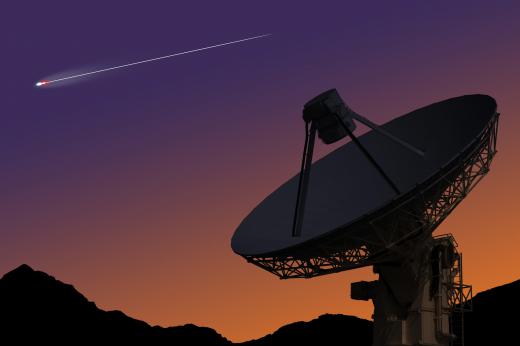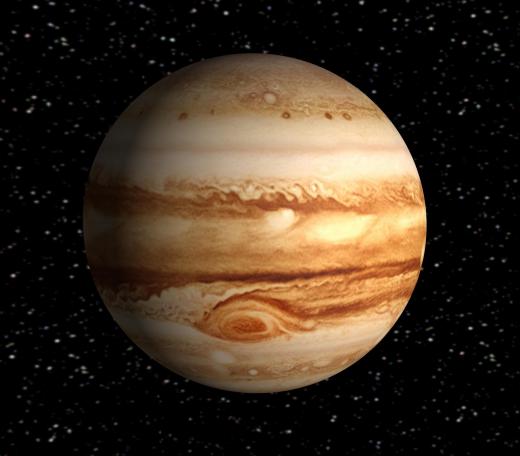What is Astrogeology?
 Michael Anissimov
Michael Anissimov
Astrogeology is like the Earth sciences, but for other bodies in our solar system. The field is sometimes called planetary geology, exogeology, or xenogeology. There is far less data available for the scientific study of other planets as there is for Earth, but that doesn't stop scientists from trying to make inferences about them.
The field astrogeology has specific names for the study of each body in the solar system: Heliology for the study of the Sun, hermeology for Mercury, cytherology for Venus, selenology for the Moon, areology for Mars, zenology for Jupiter, kronology for Saturn, uranology for Uranus, poseidology for Neptune and hedeology for Pluto. Astrogeology also encompasses the study of comets and asteroids. The creation of the field is usually attributed to Eugene Shoemaker, a prominent astronomer and geologist. Some astrogeology studies receive funding from the U.S. Geological Survey and space-related groups such as NASA. The Astrogeology Research Program was founded in 1961 as a subgroup of the U.S. Geological Survey, with Eugene Shoemaker acting as its first director.

Every body in the solar system has scientifically interesting geological features which have been uncovered over the years through observation by telescope and data returned by space probes. For example, pockets of frozen ice have been discovered on permanently shaded craters on the extremely hot planet of Mercury. Mercury's core underwent a phase of rapid cooling billions of years ago, causing the crust to become wrinkled. These wrinkles are called scarps. Because of its proximity to the Sun, Mercury has the biggest tidal bulges, physical distortions caused by the Sun, of all planets in the solar system.
Ninety percent of Venus's surface is covered in basaltic lava, a testament to its heavy volcanic past. The planet possesses two highlands, similar to continents, with mountains taller than Mt. Everest.

Mars, one of the planets which most consumes the public imagination, is given its distinct red color by the abundance of iron oxide on its surface. Olympus Mons, at 27 km (16.8 miles) tall, it the tallest known mountain in the entire solar system. Mars is known to have once had water on its surface, displaying a number of channels and large frozen ice caps.

The three paragraphs above are but a tiny slice of the sum of astrogeological knowledge our scientists are aware of. Scientists continue to discover additional geological features on each planet all the time, and the field has much growth ahead of it, as we continue to explore the astral bodies immediately around us. Astrogeology can be viewed as the parent science of the Earth sciences.
AS FEATURED ON:
AS FEATURED ON:

















Discuss this Article
Post your comments